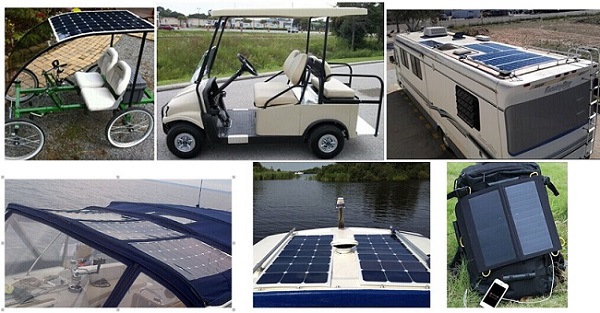| LiDAR based Above Ground Stop Bar Detection System |
The Leddar™d-tecis a LiDAR-based system that offers accurate stop-bar and advanced detection capabilities for all types of traffic (vehicles, bicycles, pedestrians). This above-ground traffic detection solution, which includes sensor units and controller cards that communicate directly with the light control unit, is the perfect alternative to legacy induction loop detectors that were traditionally used in automated traffic light management applications. |
 |
Advanced Detection Features |
The d-tec’s flash LiDAR uses LED sources to illuminate the entire sensor’s field of view and provides complete coverage of the area of interest. By capturing the return echoes through 16 independent active detection elements at high data acquisition rates, the Leddar d-tec continuously provides rapid and accurate detection and ranging in the entire beam. The returned signals are digitized and processed through innovative algorithms, allowing the reliable 24/7 detection and measurement of a wide range of objects under the most challenging environmental conditions,such as rain, snow and fog. |
Low Installation Cost, Significant Time Savings |
It only takes a few hours to install a complete intersection (2-4 hours for a typical setup) and as little as 15 minutes to configure. The onboard camera allows the Leddar d-tec to easily be configured remotely, providing rapid alignment with desired detection areas and simplifying maintenance operations. Thanks to its robust solid-state design with no moving parts, the Leddar d-tecsystem provides high reliability and reduced maintenance costs compared with under-pavement induction loops. Housed in a resistant casing delivering IP67 ingress protection, its LiDAR sensors are built for year-round operation over a very wide range of temperatures. The system uses industry-standard Power over Ethernet (PoE) technology with the same cabling to provide both power and data communication to the sensor, thereby reducing the installation costs. |
Features of DTEC |
|
|
|
|
|
|
| For better understanding you may have a look at the following videos |
| Understanding LiDARs |


..one stop store for your needs







